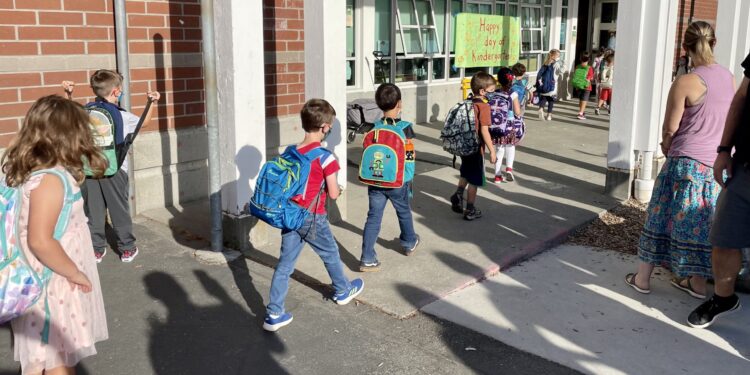Seattle Public Schools faces a mounting enrollment decline and budget challenges as students prepare to return to classrooms, with district leadership expected to address the crisis as the academic year begins.
The district confronted a projected $104 million budget deficit for the 2025-2026 school year, largely attributed to falling student numbers. Officials managed to balance the budget without reducing class sizes or eliminating programmes, though some staffing adjustments may occur due to enrollment pressures.
Enrollment has dropped by approximately 3,000 students over the past five years, bringing the total below 50,000. District projections indicate continued decline, with officials expecting 10,000 fewer students by the 2033 school year compared to 2018-19 levels.
“We need to increase our enrollment in the district that will give us the best chance for fiscal stability and community stability,” said Erin MacDougall, a parent with All Together for Seattle.
The enrollment decline reflects broader demographic trends affecting urban school districts nationwide, including declining birth rates, families moving to suburban areas, and increased competition from charter schools and private education options.
Despite earlier plans to close school buildings as a cost-saving measure, no facilities have been shuttered following public opposition. The district ultimately tabled closure proposals after community pushback from parents and neighbourhood advocates who argued that school closures would disproportionately affect vulnerable communities.
Interim Superintendent Fred Podesta is expected to address these challenges when students return to school on Wednesday. The district faces the complex task of maintaining educational quality whilst managing reduced resources and uncertain future enrollment projections.
The budget balancing act demonstrates the difficult choices facing urban school districts as they attempt to preserve services amid declining revenue. Seattle’s challenges mirror those experienced by districts in other major cities where changing demographics and housing costs affect school enrollment patterns.
Financial pressures may force difficult decisions in future budget cycles if enrollment continues declining at projected rates. The district must balance maintaining comprehensive programming with fiscal responsibility whilst addressing community concerns about school accessibility and equity.
The enrollment trend raises questions about Seattle’s ability to attract and retain families with school-age children, suggesting broader issues with housing affordability and urban livability that extend beyond education policy alone.







